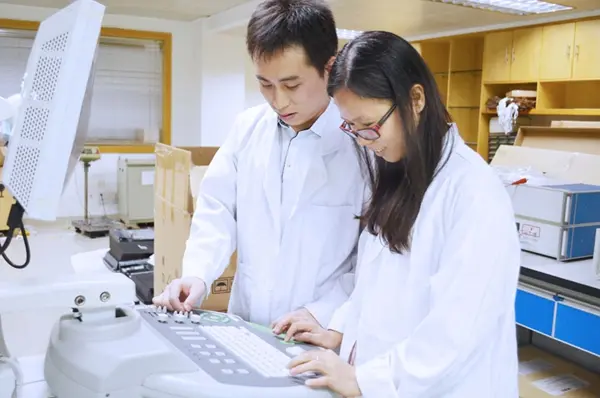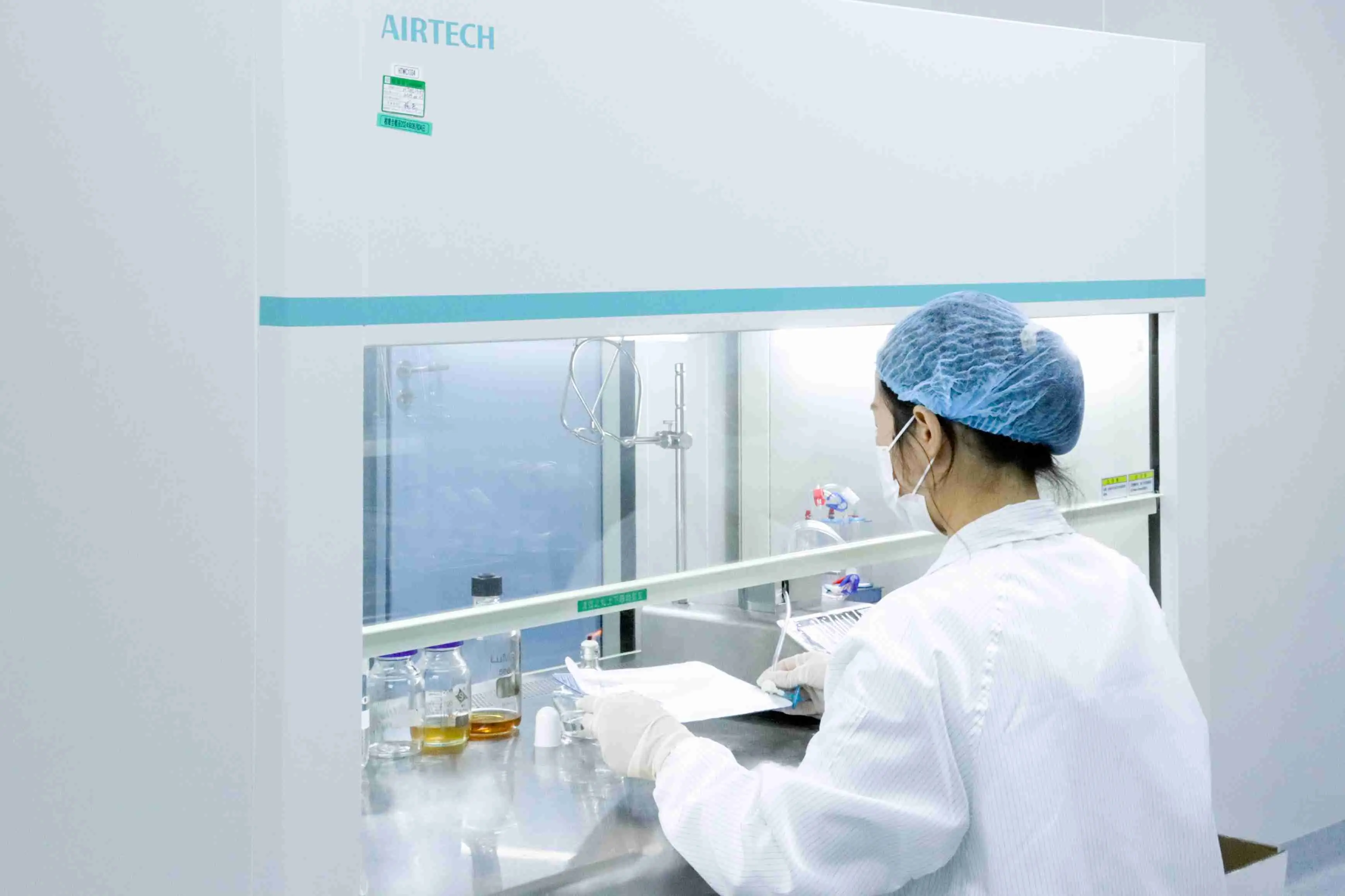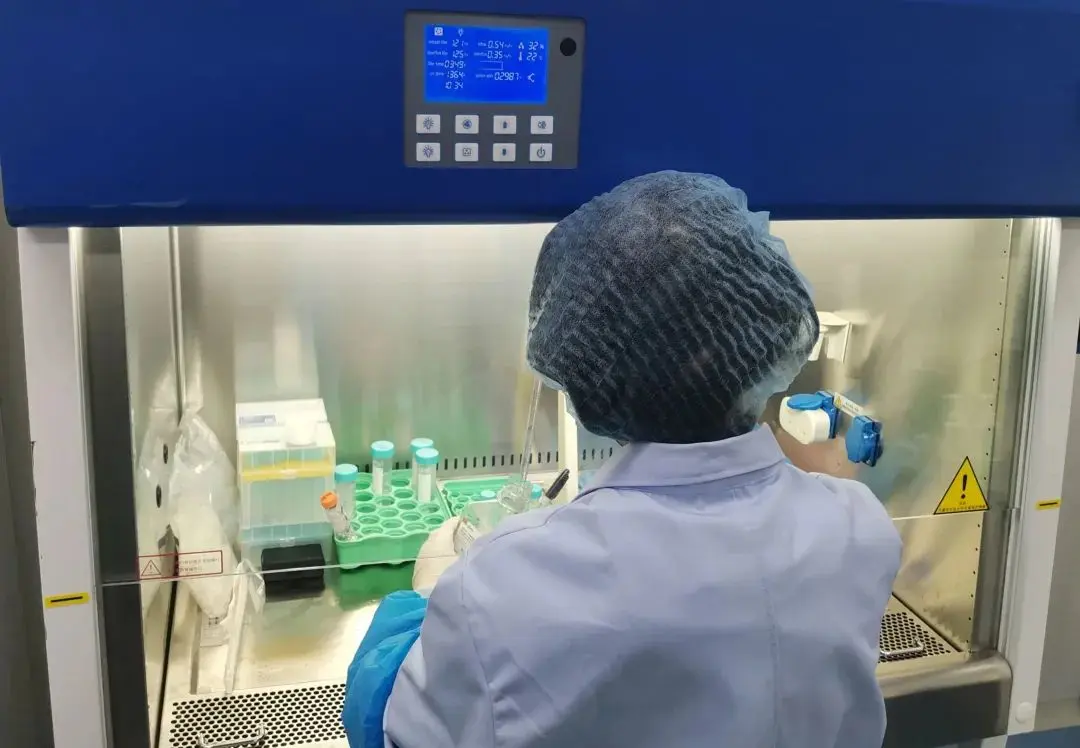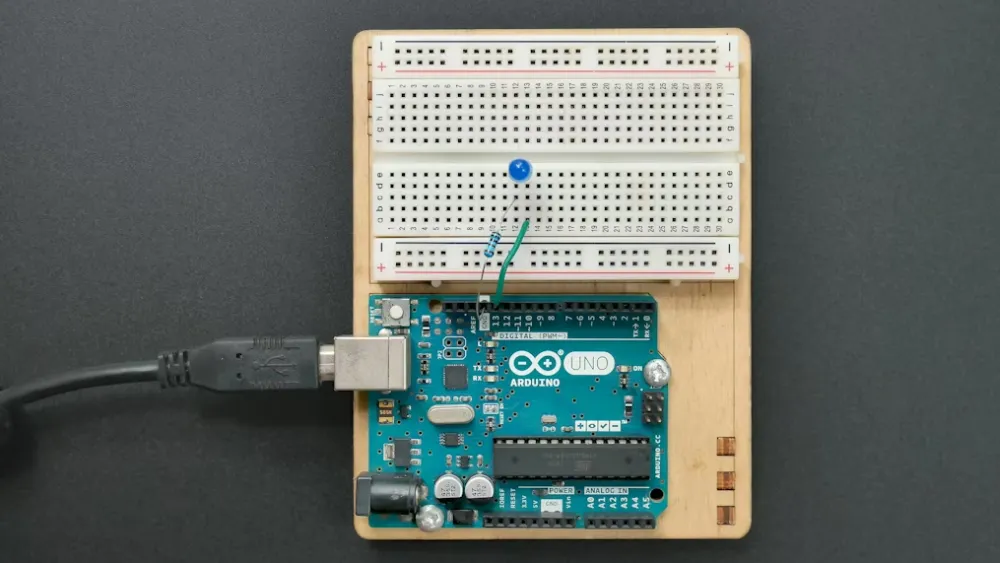
Children's Jewelry Test Report
Children's jewelry refers to products designed to be removed or worn as ornaments by children aged 12 years and below. This policy covers children's jewelry, including but not limited to anklets, bracelets, earrings, necklaces, rings, jewelry-making or repair kits, and watches.
The American Society for Testing and Materials (ASTM) International has released a new standard for children's jewelry, astm f2923-20 – Standard Specification for Consumer Product Safety for Children’s Jewelry. This standard defines "children's jewelry" as items specifically designed and intended for use by children under the age of 12, aligning with the age group specified under the Consumer Product Safety Improvement Act (cpsia). It also specifies test methods and requirements for restricted substances and some mechanical hazards in children's jewelry. Additionally, the standard provides guidance on how to determine whether a product qualifies as children's jewelry.

Categories of Decorative Wear
Jewelry can be classified into hair accessories, hand accessories, pendants, chest ornaments, foot accessories, and more:
1. Hair Accessories: Crowns, hair clips, hairbands, earrings, ear cuffs, ear studs, ear pendants, etc.
2. Hand Accessories: Bracelets, wristbands, arm cuffs, nose rings, rings, cuffs, cufflinks, etc.
3. Pendants: Chains, keychains, phone pendants, phone straps, bag pendants, etc.
4. Chest Ornaments: Necklaces, chokers, scarves, shirt chains, brooches, corsages, badges, waist chains, belts, etc.
5. Foot Accessories: Anklets, foot bracelets, etc.
6. Other Accessories: Decorative hairpins, pins, body piercing jewelry, oral decorative jewelry, dolls, purses, jewelry boxes, sunglasses, watches, shoe ornaments, tattoo stickers, wigs, etc.
ASTM F963 Toy Safety Standard
The ASTM F963 standard is an important toy safety standard in the United States with significant international influence.
Main Content of astm f963 testing
ASTM F963 testing is divided into three main parts:
1. Physical and Mechanical Performance
Requirements cover:
- Impact tests
- Drop tests
- PULl tests for removable components
- Compression tests
- Flexure tests, etc.
2. Flammability Performance
Flammability testing is conducted per the requirements of 16CFR1500.44, involving horizontal burning tests. The self-sustained burning speed along the major axis must not exceed 2.5 mm/s after ignition.
3. CheMICal Performance
Chemical testing includes:
- Testing for the migration of eight heavy metals.
- Total lead content analysis.
Unlike EN71-3, ASTM F963 requires total lead testing but limits the requirement to surface coatings only.
China's JJR Laboratory
JJR Laboratory in China is accREDited by CNAS, CMA, A2LA, and CPSC as a third-party laboratory. It houses testing facilities for EMC, safety, chemicals, lighting, toys, and batteries.
ASTM F963 Certification: Duration and Process
Duration
ASTM F963 certification primarily involves testing toys for physical performance, flammability, and heavy metal content. Generally, the testing process for ASTM F963 takes about 5 days for most toys. The exact time may vary depending on the product's testing complexity.
Certification Process
1. Certification Consultation: Confirm test requirements and timeline.
2. Sample Preparation and Application Form Completion.
3. Contract Signing and Payment.
4. Engineering Team Conducts ASTM F963 Tests.
5. Issuance of the ASTM F963 Report upon Test Completion.
6. Follow-up Services: Delivery of original and electronic reports.
JJR Testing is an independent third-party testing and certification organization providing professional certification services.
ASTM F963 Test Report
The ASTM F963 test report is a critical document ensuring toy product safety and compliance with U.S. Toy Safety Standards. Key details include:
1. Standard Requirements
ASTM F963 covers tests for physical and mechanical performance, flammability, and chemical safety.
2. Testing Items
Includes impact tests, drop tests, pull tests for removable parts, flammability tests, and chemical safety tests.
3. Testing Process
- Understand ASTM F963 standards.
- Prepare samples and related documentation.
- Select a certification agency.
- Submit samples and documents.
- Perform tests and evaluations.
- Review and issue the certificate.
4. Importance
The ASTM F963 test report is a vital credential for selling toy products on the U.S. Amazon platform, demonstrating compliance with relevant safety standards.
5. Additional Requirements
Besides the ASTM F963 test report, manufacturers may also need to provide a Children’s Product Certificate (CPC) and other relevant documents to prove compliance with applicable U.S. child product safety regulations and laws.
The ASTM F963 test report is essential for ensuring toy safety and meeting U.S. market requirements. Manufacturers and importers must adhere to relevant standards, ensure necessary testing, and obtain corresponding certificates to successfully enter the U.S. market.
Email:hello@jjrlab.com
Write your message here and send it to us
 What Certifications for Wireless Products Exported
What Certifications for Wireless Products Exported
 Which Lab Provide Brazil ANATEL Certification Serv
Which Lab Provide Brazil ANATEL Certification Serv
 What is FDA Cytotoxicity Testing
What is FDA Cytotoxicity Testing
 How Much Does a Cytotoxicity Test Cost
How Much Does a Cytotoxicity Test Cost
 What is Biocompatibility Cytotoxicity Test
What is Biocompatibility Cytotoxicity Test
 Global Cyber Security Compliance for Connected Pro
Global Cyber Security Compliance for Connected Pro
 What Certifications for Exporting Monitors to Euro
What Certifications for Exporting Monitors to Euro
 Bluetooth Headphones Exported to Australia Certifi
Bluetooth Headphones Exported to Australia Certifi
Leave us a message
24-hour online customer service at any time to respond, so that you worry!




